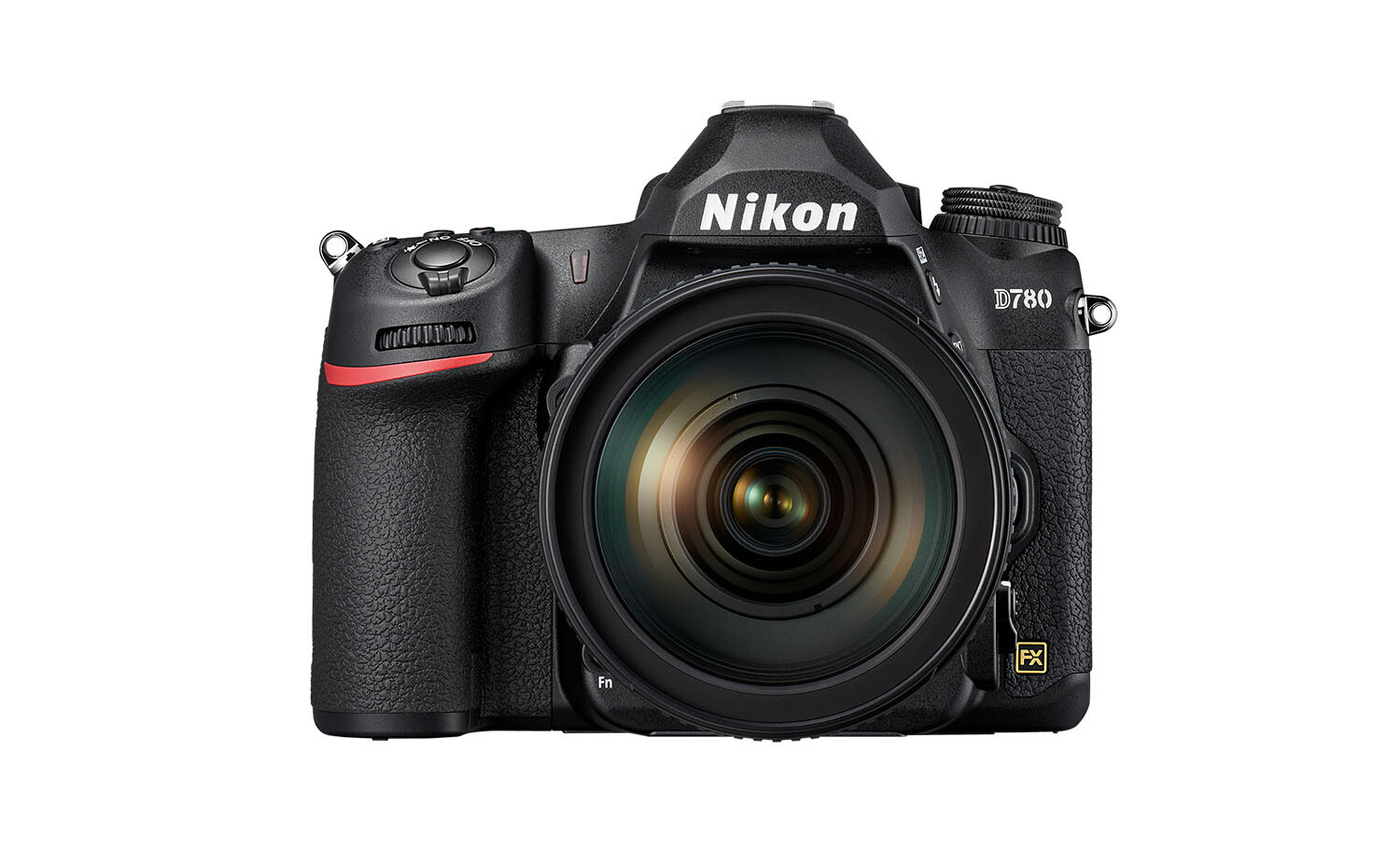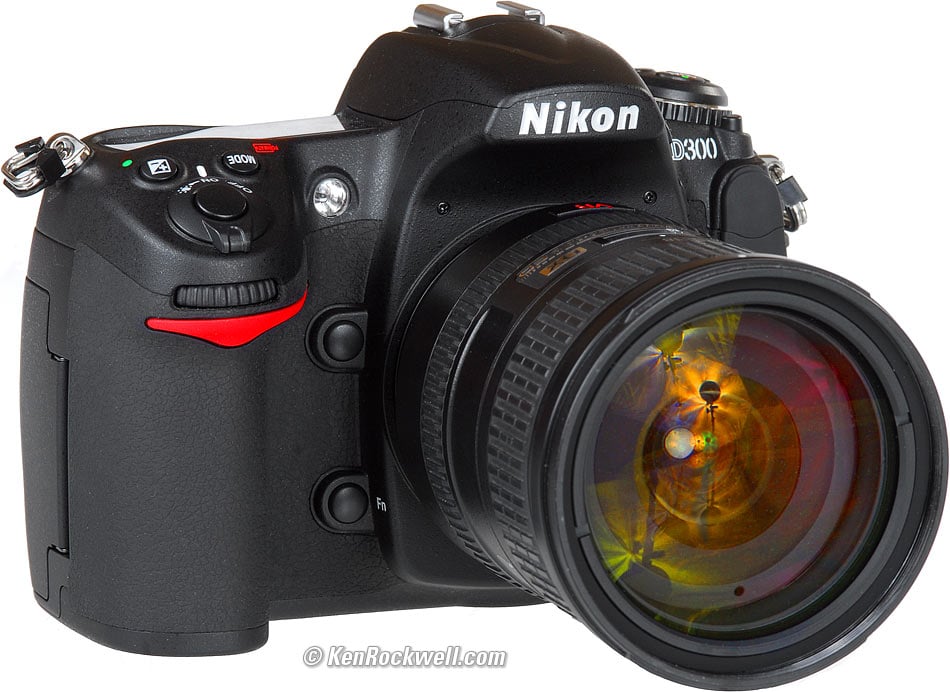

DSLRs still sell in droves and I wanted get the feel of one, to see how the other (mirrored) side lives.ģ. I wanted to compare a current model DSLR against its mirrorless competition. I didn’t like that model and ended up going down the Canon path with a purchase of a Canon Rebel XT.Ģ. Actually, back in 2006, my first DSLR was a Nikon D50, which I owned for 2 weeks. I know Canon but haven’t used a Nikon DSLR in a while. It’s always fun to shoot a different kind of camera from another company. I actually own 5 film SLRs and two vintage Olympus DSLRs, the E-1 and the E-300.ġ. I still bust out my Canon 6D a couple of times a year. So it may be noteworthy, to some, that I recently bought a new Nikon DSLR.īefore I talk about my latest Nikon purchase, while true that I’m primarily a mirrorless shooter, I never got rid of all my DSLRs. I loved shooting the streets and in the trains of Japan with the tiny Pentax Q7. I shoot with a Fujifilm X100S and other compact cameras. The Olympus micro 4/3 cameras are my primary system. A photographer that uses the newer, non-DSLR interchangeable lens cameras.
#Newest nikon dslr 2016 professional#
This has led him to being a go-to expert for camera and lens reviews, photographic and lighting tutorials, as well as industry analysis, news and rumors for publications such as Digital Camera Magazine, PhotoPlus: The Canon Magazine, N-Phot0: The Nikon Magazine, Digital Photographer and Professional Imagemaker, as well as hosting workshops and demonstrations at The Photography Show. An Olympus and Canon shooter, he has a wealth of knowledge on cameras of all makes – and a fondness for vintage lenses and instant cameras.Around these parts, I’m known as a mirrorless guy. In this time he shot for clients as diverse as Aston Martin Racing, Elinchrom and L'Oréal, in addition to shooting campaigns and product testing for Olympus, and providing training for professionals. The editor of Digital Camera World, James has 21 years experience as a magazine and web journalist and started working in the photographic industry in 2014 (as an assistant to Damian McGillicuddy, who succeeded David Bailey as Principal Photographer for Olympus). What we think: We expect Nikon to keep building on the Z system for the foreseeable future, adding more full-frame mirrorless lenses to complement the Nikon Z6 II, Nikon Z7 II and of course the Z9 – along with new, smaller optics like the Nikkor Z DX 16-50mm f/3.5-6.3 VR and the Nikon pancake primes to suit the new wave of APS-C cameras like the Z fc. A sign perhaps that Nikon is moving away from DSLRs, despite the impressive D780? It could be so. It's been rumored that one of these models could be a Z-mount replacement for the much-loved D850.

Model #3: A 46 MP sensor, 20 fps, the viewfinder is also 5.76 MP with a 120 Hz refresh rate. Model #2: Fewer megapixels, a camera designed for sport, same 5.76 MP 120 Hz viewfinder, very high frame rate (at least 20 fps) and stunning AF tracking (better than the D6). Model #1: 60 MP, 16 bit A/D model with a 5,76 MP viewfinder, 120 Hz refresh rate. We know that three of the models being tested have the following specs: So what else is on the cards is an interesting question. It seems a given that one is going to be the new flagship Z9, and another is possibly also the Z8 that'll sit below it in a similar manner to the Z6 (more on this below). Nikon is currently testing a lot of different Z-mount camera models, and there's been some speculation as to what exactly is what. However, with Nikon working on such bleeding-edge technology, it could open some very interesting doors for its consumer cameras going forward… Nikon's mysterious testing models The caveats are that this is a one-inch sensor, and is likely to be intended for industry rather than consumer use. This is one of the widest dynamic ranges in the industry." "Also, it has a total pixel count of approximately 17.8 megapixels that realizes 4K × 4K high-resolution imaging of 1,000 frames per second and 110-dB high dynamic range (HDR) characteristics. "This new stacked CMOS image sensor uses a fine-pitch wafer level wire connection technology consistent with the 2.7 um pixel size," Nikon told us.

(Image credit: Nikon / Digital Camera Info)įrames per second hadn't been Nikon's forte up until the release of the Z9, but the change looks set to continue with the advent of an astonishing new 4K sensor that can capture up to 1000fps – all while delivering what Nikon calls "the world's highest levels of sensor performance".


 0 kommentar(er)
0 kommentar(er)
